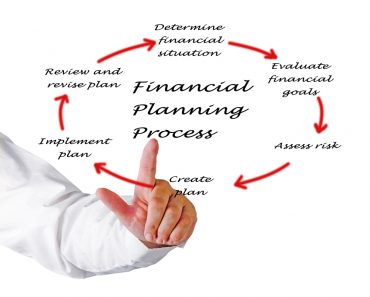
The “one-size-fits-all” approach to business software is no longer viable. Today’s challenges demand bespoke solutions.
The shocks that have disrupted the global economy in recent years make it clear that the new normal is continued uncertainty. As a result, organizations of all sizes must streamline operations to be more efficient than ever, maximizing employee productivity, safeguarding the bottom line, and future-proofing their business.
In today’s environment, business leaders and employees don’t have the time or resources to spare to manage software solutions that don’t provide clear value. Luckily, evolutions in technology and an emphasis on innovation mean businesses no longer need to stick with traditional solutions that are providing diminishing returns. The “one-size-fits-all” approach to business processes and software historically utilized is no longer viable for businesses today. Today’s challenges demand a bespoke approach for the following reasons:
Employee habits mirror consumer behavior
Things like employee spending habits and work applications are becoming increasingly consumerized, changing the way software companies approach the end-user experience. In tandem, hybrid work has led to more decentralized decision-making. Employees ultimately hold more power when it comes to tool selection, and their software preferences must be taken into account.
Bridging the gap between an employee’s preferred experience and a business process is a future-forward approach that pays dividends in productivity and efficiency. This process starts with mirroring how consumers are used to interacting with technology across four key areas – immediacy, trustworthiness, accuracy, and personalization. In the consumer space, users are now accustomed to personalized content, ads, social media feeds, etc. AI and machine learning is used to deliver this experience – think of your Netflix page recommendations, for example.
In order to build business software with a consumer-driven mindset, the tool must be designed to fit the way the customer is working and be optimized to their workflow. The four key areas outlined above all lend themselves to ease of use, which is a critical piece of driving adoption. An end-user-centric strategy represents a big shift in enterprise software where historically, you’re provided generalized tech solutions with little regard to how easy or difficult it will be to implement and continue usage.
Next-generation software solutions can allow for a friendlier and more personalized experience by creating a low-code wrapper/overlay – a mechanism in software to express how the customer wants to interact with the software – and leveraging AI and machine learning to take the burden off the user. What it delivers for the customer is an experience that feels uniquely tailored to their preferences – so it feels like “their” software and also feels more like the consumer UX.
How a workforce engages with the systems and processes in place matters significantly because when utilization of the software feels second nature, employees are going to use it more effectively – crucial for both employee retention and the bottom line.
See also: How Artificial Intelligence Improves Software Development
A move away from one size fits all
When building and deploying new software, optimizing for the audience, and aligning product development to usage is non-negotiable; the challenges businesses face across industries will continue to evolve, and software is tasked with keeping up. Rather than taking a one size fits all approach, listening closely to customer needs across verticals and employing a mindset of continual innovation and flexibility enables solution providers to grow their audience as well as increase usage depth with existing customers.
Future-forward software solutions should embrace a user-first approach, in which software aims to be adaptable to businesses’ existing processes, not the other way around. Traditional ‘one size fits all’ approaches feel antiquated in today’s economic landscape and lack the ability to be adequately modified to meet unique needs. Much like forcing a square peg into a round hole, businesses are forced to change their preferred ways of working to fit the solution.
It’s imperative that the feedback loop for software companies starts and ends with the customer. Strong cross-functional relationships with CX and sales are critical for incorporating valuable customer feedback into the product roadmap. Sales can play a key role in the process of surfacing the features that matter most to customers. Through analysis of deals closed and those lost, they can see which features are successful and which are lacking or missing.
Building out the features that customers are asking for, and identifying those that cause potential customers to choose another solution, is invaluable. Software providers that align development with usage can build stronger relationships with customers by showing them that their needs are prioritized and also ensure that users find sustained value in the product. As a result, for solution providers, continuous growth and resilience in the face of economic challenges is possible.
Software, like the economy and resulting state of business, is no stranger to evolution and innovation. The next generation of solutions will offer a consumer-grade experience, enable greater configurability, and prioritize customer feedback in order to optimize and continuously iterate new features and functionality that closely align with the needs of users.





























